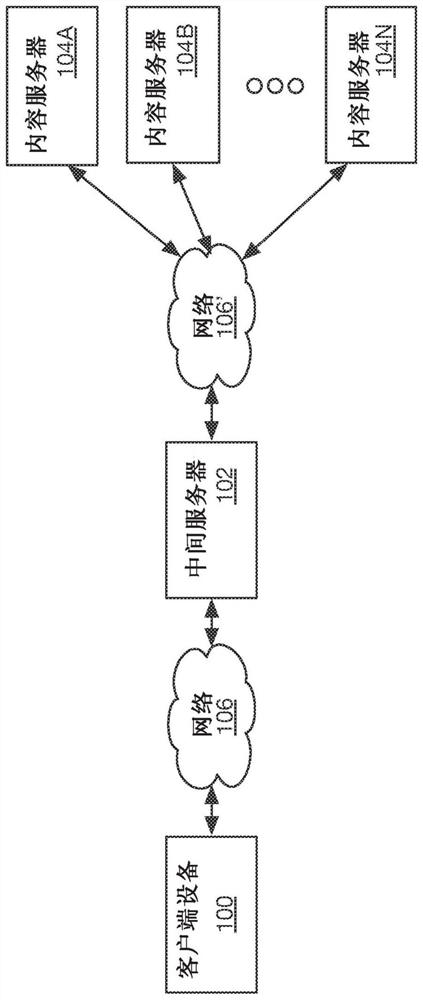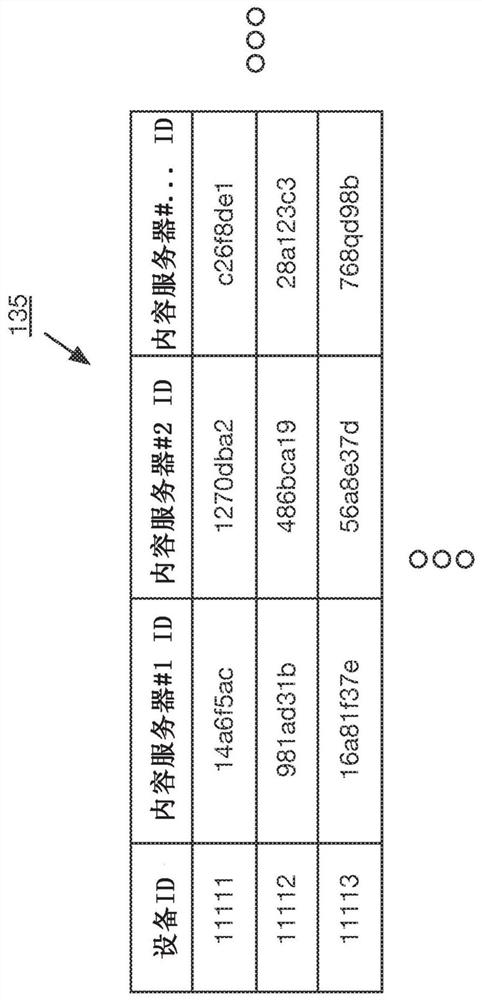Domain specific browser identifiers as replacement of browser cookies
An identifier and a specific technology, applied in instruments, marketing, digital transmission systems, etc., can solve problems such as slowing down web page rendering, slow cookie matching, and inability to identify matching items, to avoid resource consumption and improve efficiency.
- Summary
- Abstract
- Description
- Claims
- Application Information
AI Technical Summary
Problems solved by technology
Method used
Image
Examples
Embodiment Construction
[0017] A browser cookie or short device, user or session specific identifier used to uniquely (or semi-uniquely) identify a device, user or session with a content provider such as a web page publisher, advertiser or other such entity. These cookies are typically generated by the content provider, for example during the first session or login process, and served on subsequent requests from the client device's browser or other applications. Publishers can then associate each request with the same identifier (and implicitly, the same device, user, or session), allowing customized content selection.
[0018] For example, Figure 1A is a block diagram of a network and device environment for data exchange, according to some implementations. As shown, the client device 100 may communicate with one or more content servers 104-104N, generally referred to as content servers or content providers 104, via a network 106, 106'. Client device 100 may include any type and form of computing d...
PUM
 Login to View More
Login to View More Abstract
Description
Claims
Application Information
 Login to View More
Login to View More - R&D
- Intellectual Property
- Life Sciences
- Materials
- Tech Scout
- Unparalleled Data Quality
- Higher Quality Content
- 60% Fewer Hallucinations
Browse by: Latest US Patents, China's latest patents, Technical Efficacy Thesaurus, Application Domain, Technology Topic, Popular Technical Reports.
© 2025 PatSnap. All rights reserved.Legal|Privacy policy|Modern Slavery Act Transparency Statement|Sitemap|About US| Contact US: help@patsnap.com



